April 23, 2019 - From sea to shining sea, our national parks protect and preserve what’s best about our nation. With stunning natural beauty, amazing wildlife, inspiring history and lots of opportunities for fun and recreation, there’s no wonder why they’re often called “America’s best idea.” Generations of visitors have explored the parks and come away with a deep appreciation for these special places. Over the years, we’ve written about many of our national treasures. As you join us in celebrating National Park Week with us, please check out a few of our guides by clicking on the links below to better understand and appreciate your national parks.
Yellowstone National Park in Wyoming
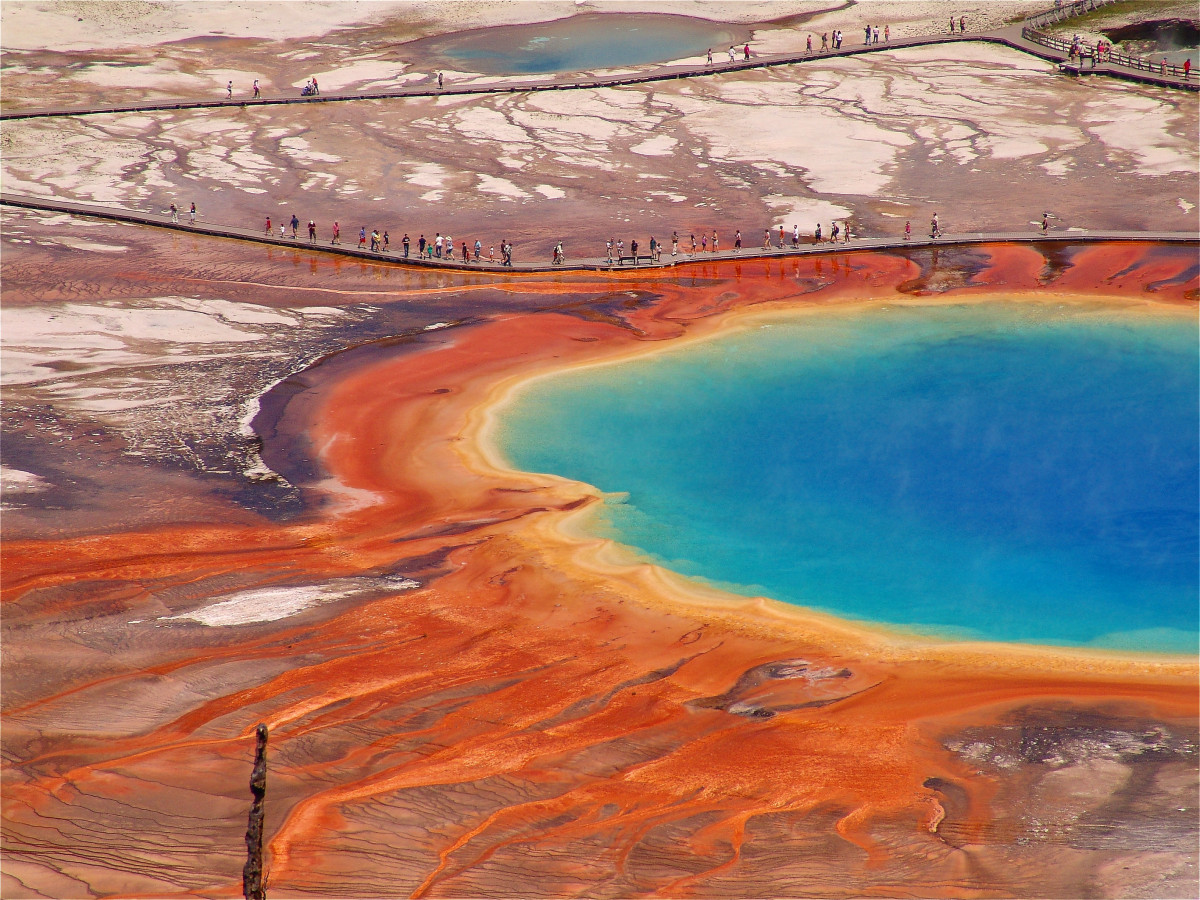 Grand Prismatic Spring at Midway Geyser Basin paints an incredible picture in vibrant blues, yellows and oranges. Photo by Natalia Ornia (www.sharetheexperience.org).
Grand Prismatic Spring at Midway Geyser Basin paints an incredible picture in vibrant blues, yellows and oranges. Photo by Natalia Ornia (www.sharetheexperience.org).
The world’s first national park, Yellowstone is a fascinating wonderland of geysers, mountains, rivers, wildlife and forests sitting on a massive supervolcano.
Glacier National Park in Montana
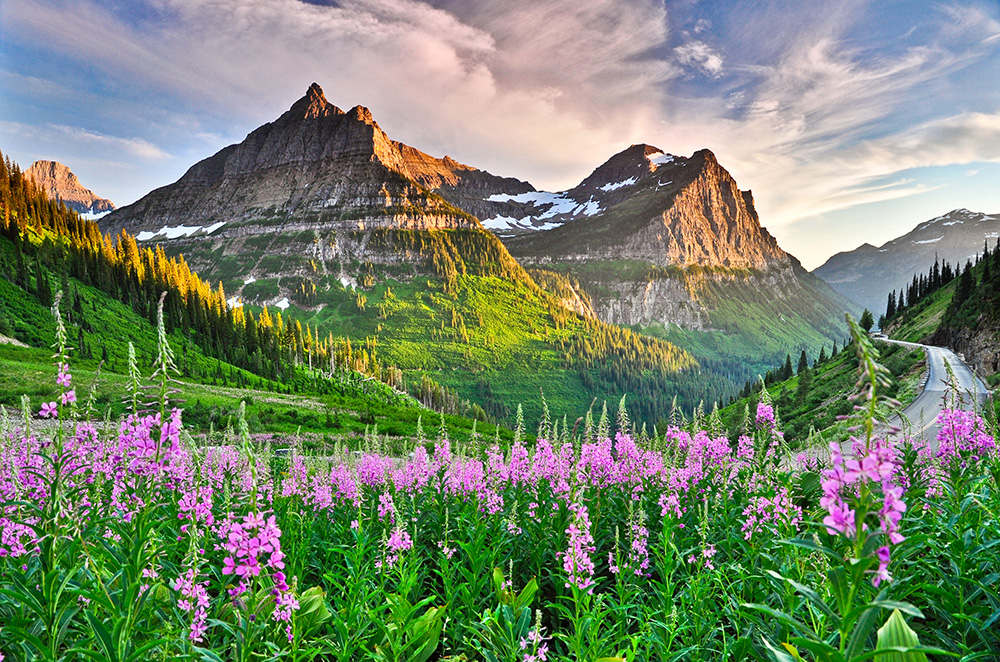 Fireweed lines the road at Glacier National Park. Photo by Shan Lin (www.sharetheexperience.org).
Fireweed lines the road at Glacier National Park. Photo by Shan Lin (www.sharetheexperience.org).
Often called the Crown of the Continent, Glacier’s sweeping valley views and gorgeous alpine lakes make it one of the most beautiful places on Earth.
Zion National Park in Utah
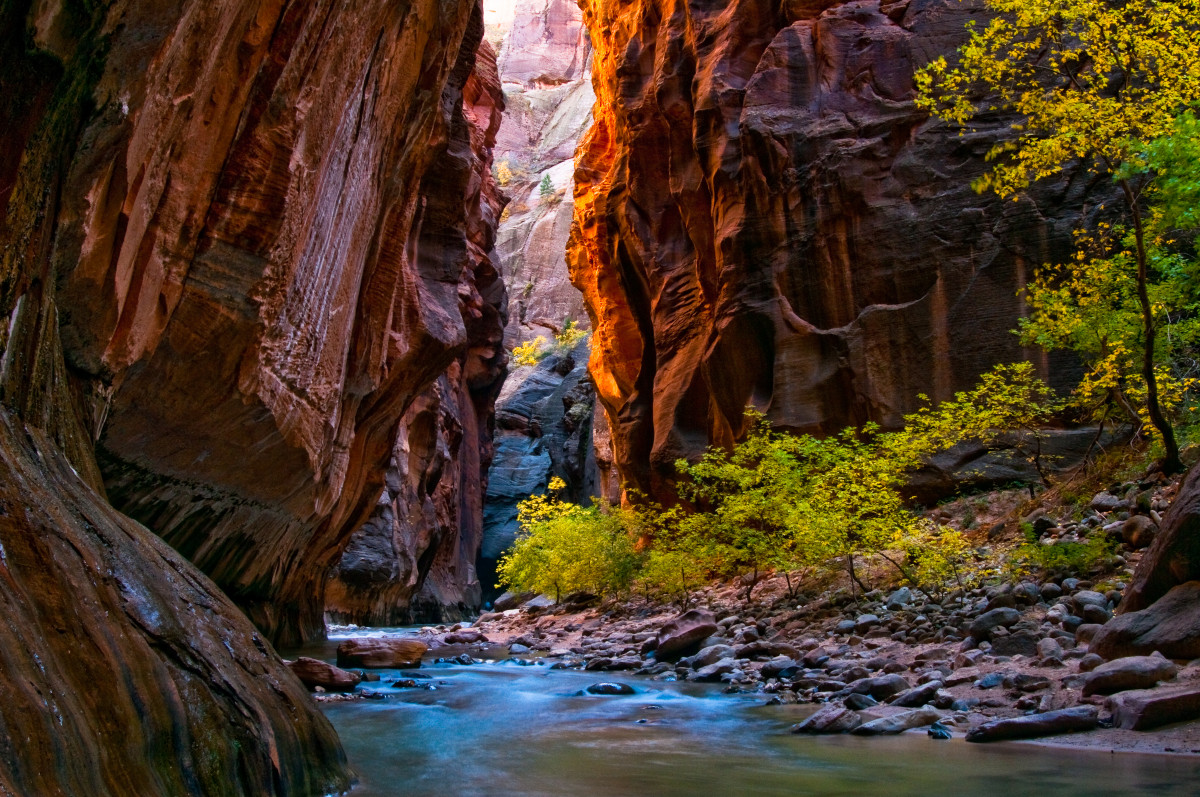 The Narrows is a great hike in Zion, but please plan ahead. Photo by Kevin Roland (www.sharetheexperience.org).
The Narrows is a great hike in Zion, but please plan ahead. Photo by Kevin Roland (www.sharetheexperience.org).
There’s something magical about Zion. The desert canyons, rock formations and cool river valleys feel like they were sculpted just for you.
Crater Lake National Park in Oregon
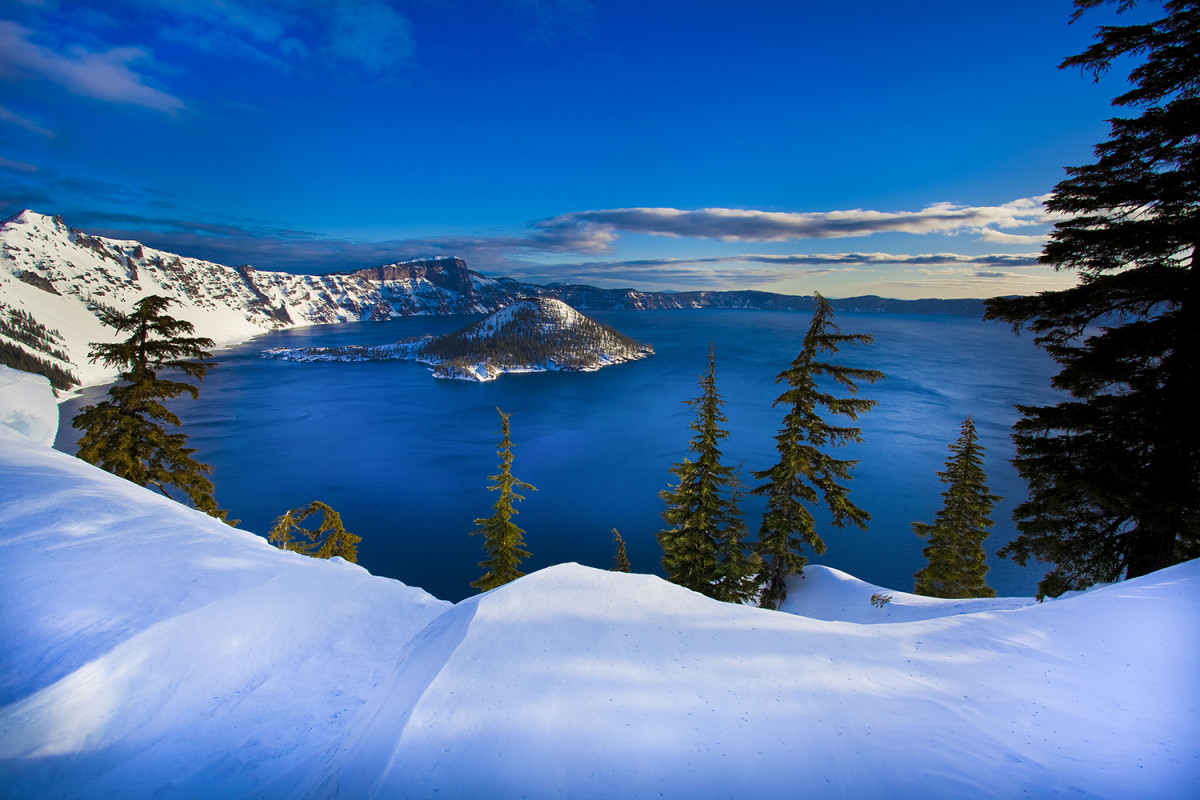 The water of Crater Lake is a deep, gorgeous blue. Photo by Vince Warren (www.sharetheexperience.org).
The water of Crater Lake is a deep, gorgeous blue. Photo by Vince Warren (www.sharetheexperience.org).
Crater Lake is famous for its beautiful blue color, snowy winters, amazing volcanic history and unbelievable views.
Everglades National Park in Florida
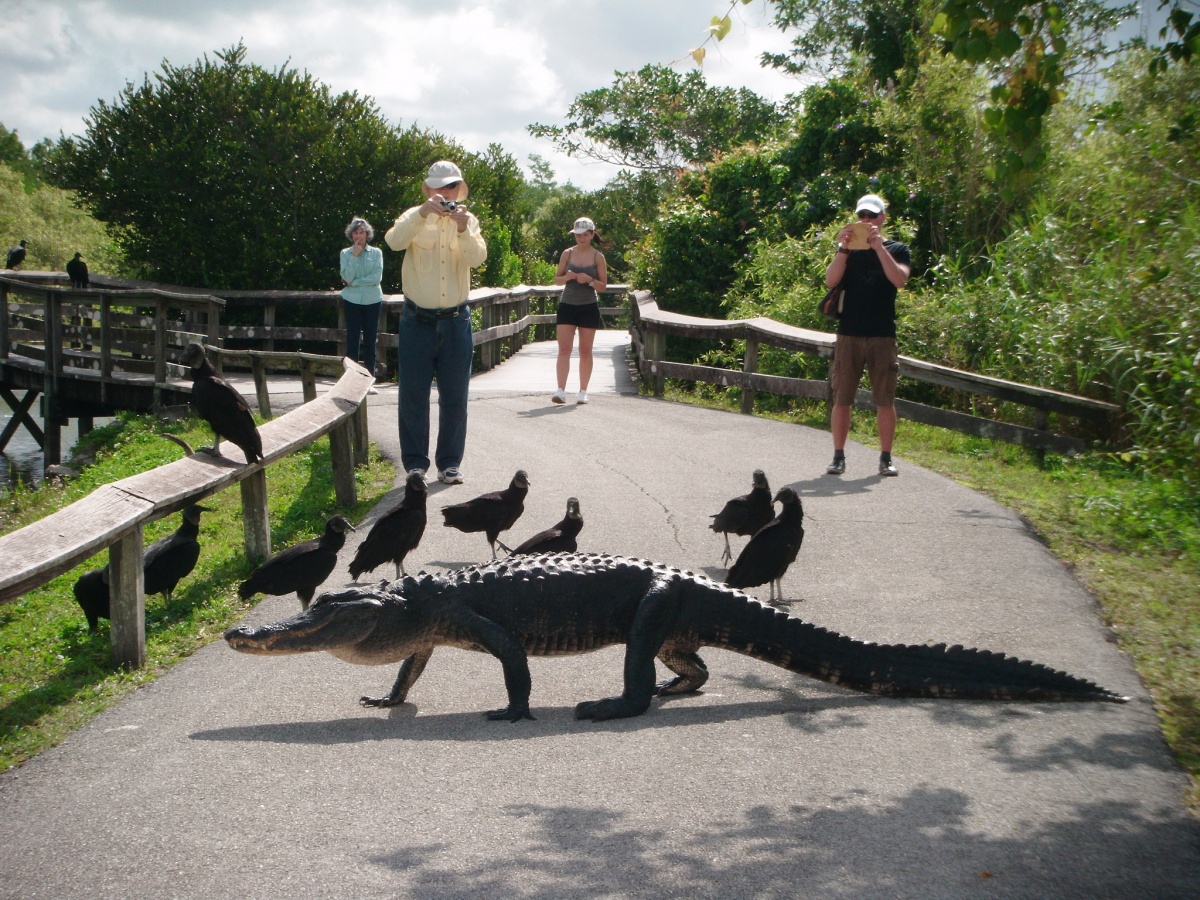 An alligator in the Everglades. Photo by National Park Service.
An alligator in the Everglades. Photo by National Park Service.
The world’s best known wetland, the Everglades are home to an incredible variety of wildlife that live in the “sea of grass.”
Grand Canyon National Park in Arizona
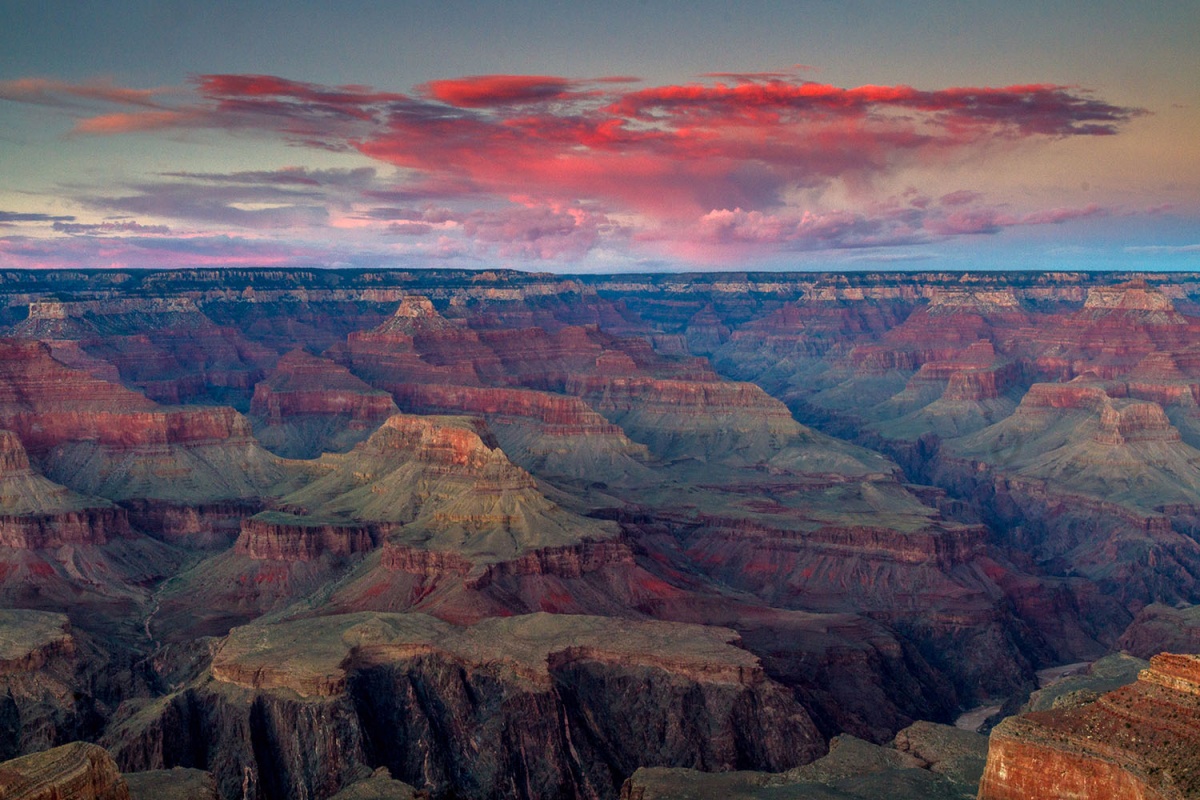 With wide vistas and a view of the Colorado River, Hopi Point off of Hermit Road is a popular viewpoint. Sunset photo by Jack Denger (www.sharetheexperience.org).
With wide vistas and a view of the Colorado River, Hopi Point off of Hermit Road is a popular viewpoint. Sunset photo by Jack Denger (www.sharetheexperience.org).
President Theodore Roosevelt captured the spirit of the Grand Canyon when he said, “In the Grand Canyon, Arizona has a natural wonder which is in kind absolutely unparalleled throughout the rest of the world.”
Death Valley National Park in California
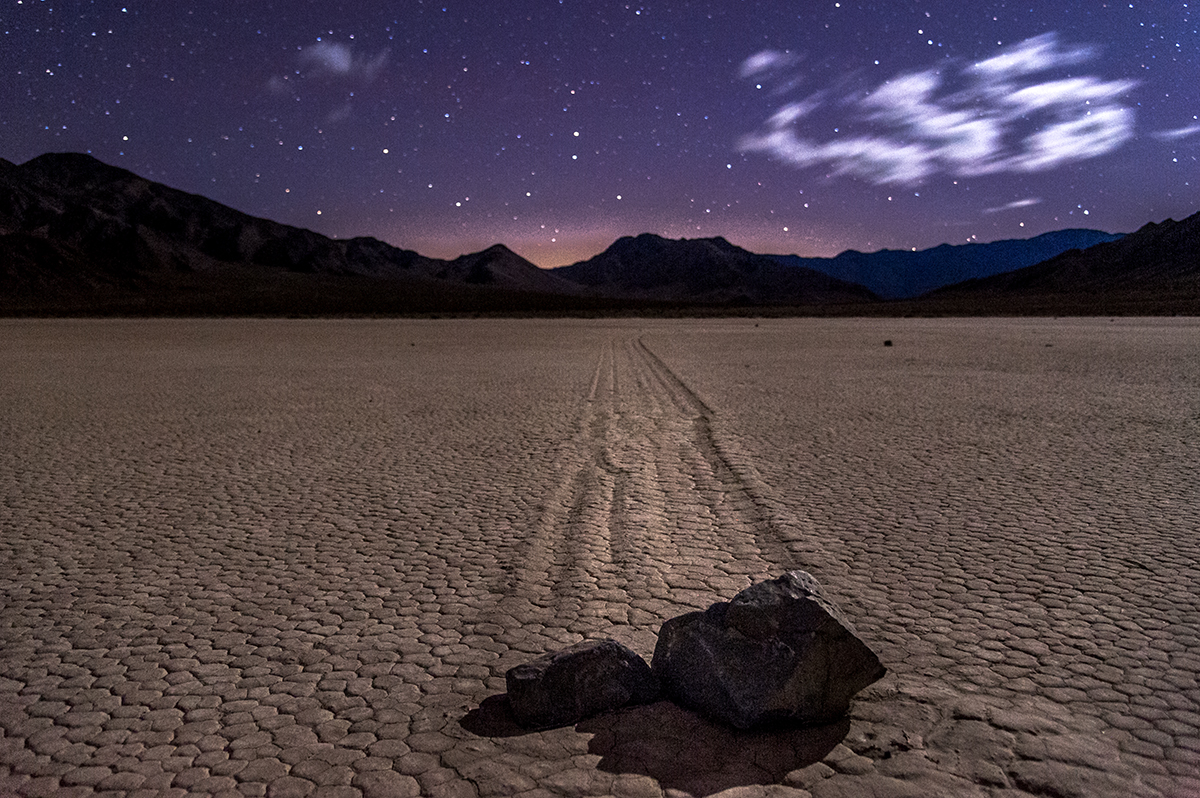 Rocks and their trails lit by the moonlight. Photo by Cat Connor (www.sharetheexperience.org).
Rocks and their trails lit by the moonlight. Photo by Cat Connor (www.sharetheexperience.org).
As the hottest, driest and lowest national park, Death Valley is a land of extremes, offering visitors a striking contrast of landscapes to explore -- from snow covered peaks to lush wildflower meadows to seemingly endless desert plains.
Olympic National Park in Washington
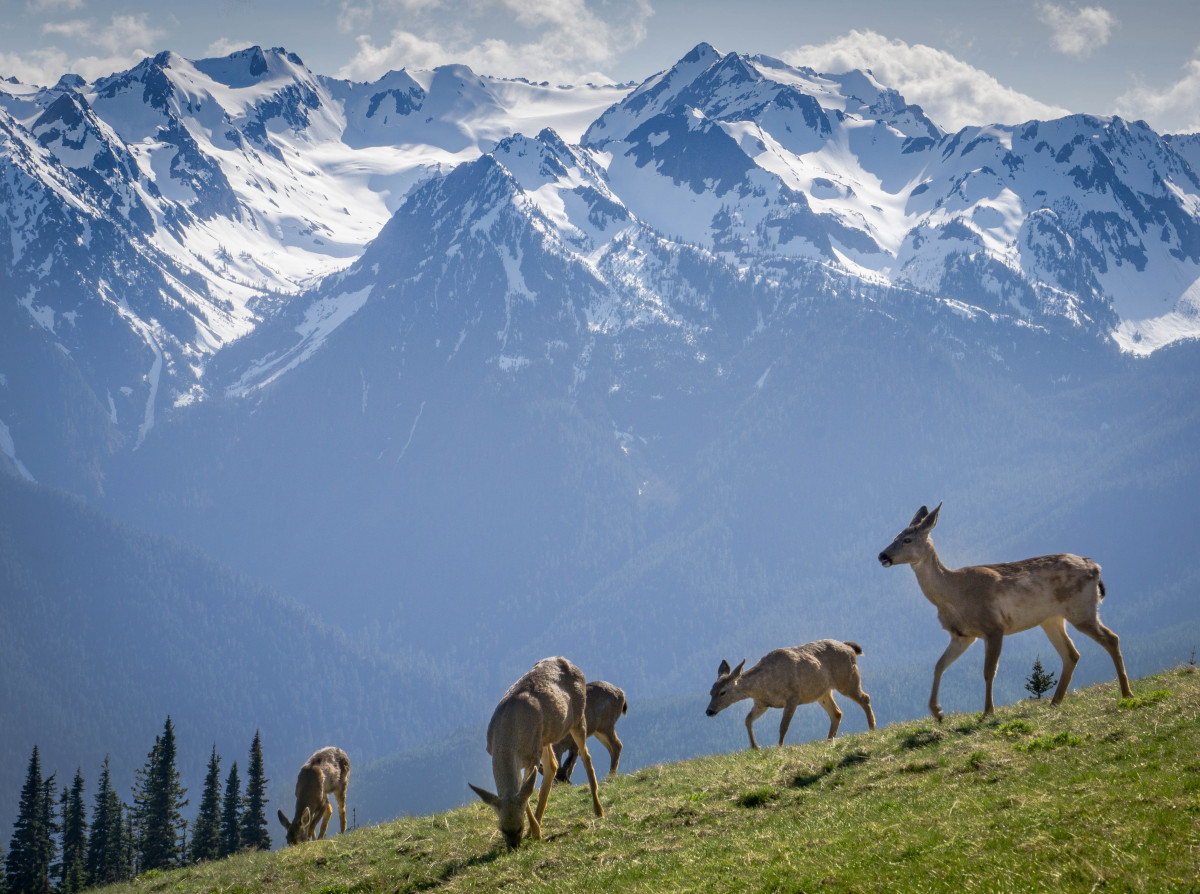 Deer frolicking in Olympic National Park. Photo by Jason Horstman (www.sharetheexperience.org).
Deer frolicking in Olympic National Park. Photo by Jason Horstman (www.sharetheexperience.org).
Olympic is a gem of the Pacific Northwest. With mountain ranges, rainforests, dramatic valleys and gorgeous sandy beaches, you’ll need more than one visit to see it all.
Mammoth Cave National Park in Kentucky
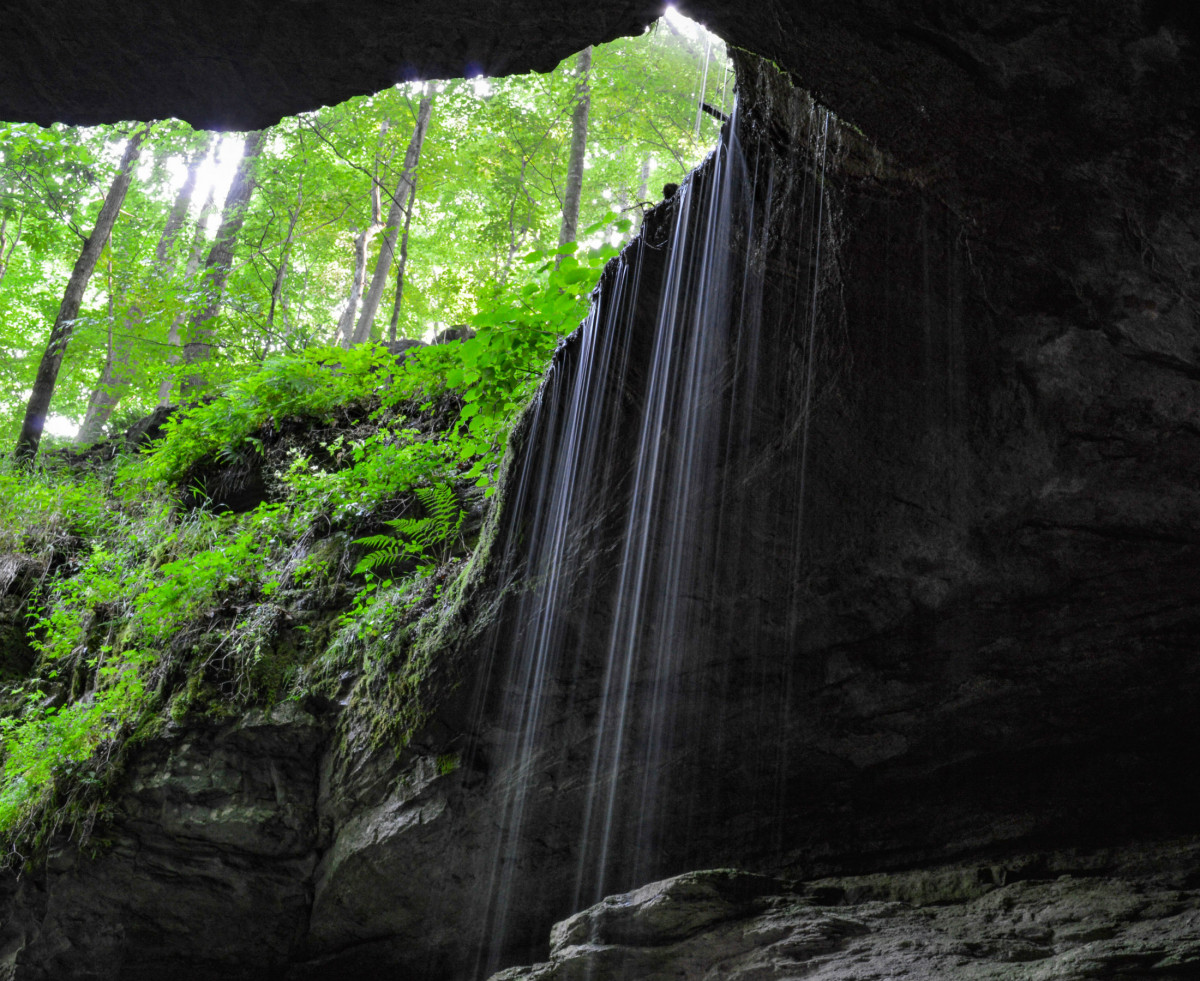 A small waterfall at the edge of a cave entrance. Photo by Eric Blankenship (www.sharetheexperience.org).
A small waterfall at the edge of a cave entrance. Photo by Eric Blankenship (www.sharetheexperience.org).
An underground limestone labyrinth, Mammoth Cave preserves the world's longest known cave system. Touring the cave is an adventurer’s dream, with tight spots, interesting creatures and ornate rock formations to discover.
Denali National Park and Preserve in Alaska
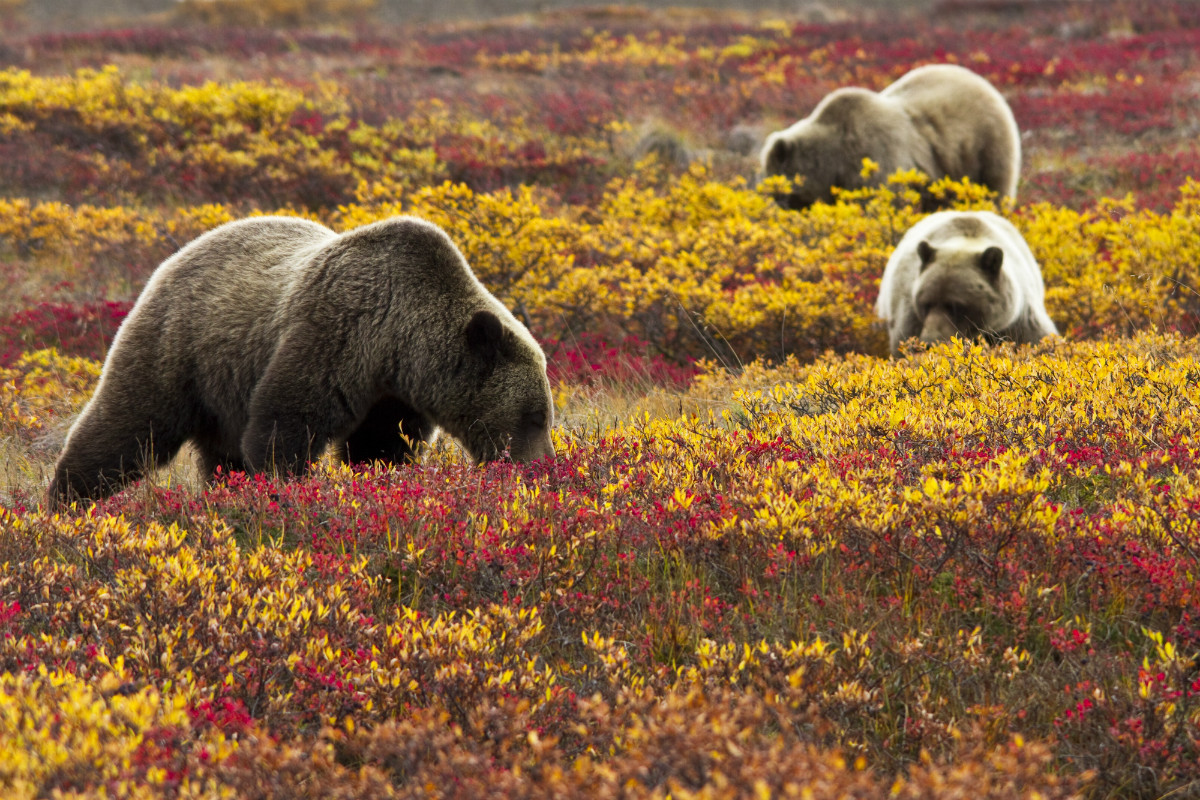 Grizzly bears eating blueberries in late summer. Photo by Jacob W. Frank, National Park Service.
Grizzly bears eating blueberries in late summer. Photo by Jacob W. Frank, National Park Service.
Home to brown bears, Alaska Natives and America’s tallest mountain, Denali can be overwhelming.
Rocky Mountain National Park in Colorado
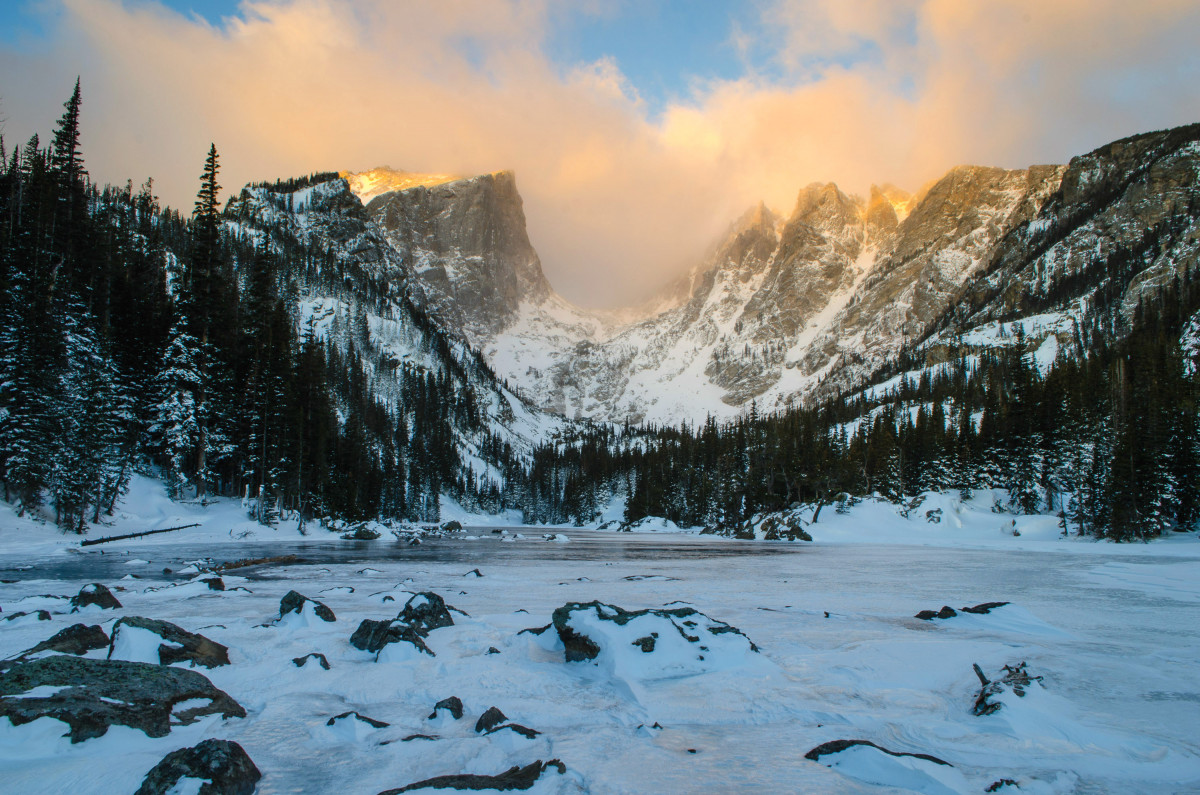 A dramatic winter moment in the park. Photo by Crystal Brindle (www.sharetheexperience.org).
A dramatic winter moment in the park. Photo by Crystal Brindle (www.sharetheexperience.org).
With elevations from 7,860 feet to 14,259 feet, Rocky Mountain makes you feel like you are on top of the world.
Yosemite National Park in California
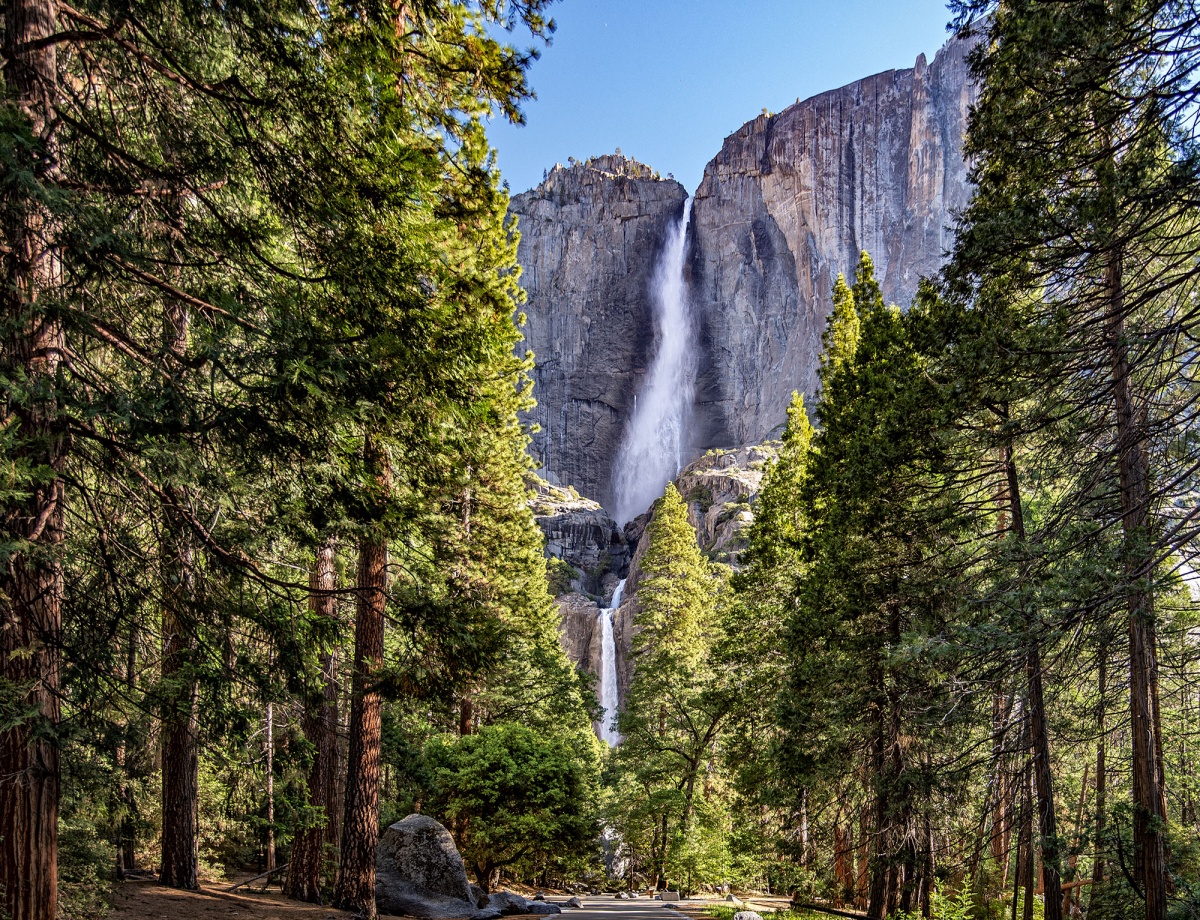 Stroll along Yosemite Valley Loop Trail for amazing views of Yosemite Falls. Photo by Phillip Abrams (www.sharetheexperience.org).
Stroll along Yosemite Valley Loop Trail for amazing views of Yosemite Falls. Photo by Phillip Abrams (www.sharetheexperience.org).
Yosemite became a national park in 1890 and more than 125 years later, it’s still wowing visitors.
Martin Luther King, Jr. National Historical Park in Georgia
 Sign on the front of Ebenezer Baptist Church. Photo by Tami Heilemann, Interior.
Sign on the front of Ebenezer Baptist Church. Photo by Tami Heilemann, Interior.
One of the best places to learn about the Civil Rights Movement is Dr. King’s home and church in Atlanta. Walking in his footsteps and connecting with him as a leader and a human being helps preserve his legacy and keep his dream alive.
There are over 400 National Park Service sites across the country, each with a story to tell. From the popular parks highlighted here to hidden gems you might not have heard of, there’s so much to discover. So hit the road and we’ll see you soon in your national parks!
Source: DOI








